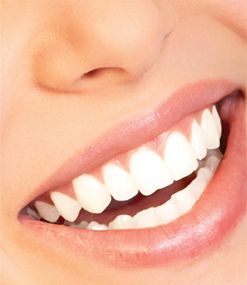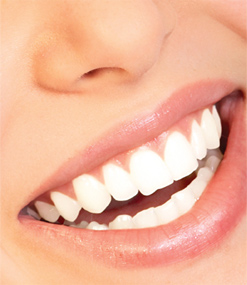
The Difference Between Carbamide & Hydrogen Peroxide Bleaching Gels
All bleaching products must contain some form of oxidizing agent  if they are at all to whiten teeth by splitting up large chromophore molecules into smaller less colored molecules. In tooth whitening gels offered by your dentist, there are only two types of bleaching agents, carbamide peroxide and hydrogen peroxide.
if they are at all to whiten teeth by splitting up large chromophore molecules into smaller less colored molecules. In tooth whitening gels offered by your dentist, there are only two types of bleaching agents, carbamide peroxide and hydrogen peroxide.
 if they are at all to whiten teeth by splitting up large chromophore molecules into smaller less colored molecules. In tooth whitening gels offered by your dentist, there are only two types of bleaching agents, carbamide peroxide and hydrogen peroxide.
if they are at all to whiten teeth by splitting up large chromophore molecules into smaller less colored molecules. In tooth whitening gels offered by your dentist, there are only two types of bleaching agents, carbamide peroxide and hydrogen peroxide. Now that many tray whitening products are available for purchase online, it is important that you understand the difference between these two bleaching ingredients so that you can make safe purchases. Fortunately, it is not complicated. Whether your tray whitening gel uses carbamide peroxide or hydrogen peroxide as the bleaching agent, both actively whiten as hydrogen peroxide molecules.
Carbamide peroxide must first change into hydrogen peroxide in the mouth in order to bleach your teeth. Also is important to know that carbamide peroxide does not produce an equal concentration of hydrogen peroxide after conversion. In fact, a concentration of 10% carbamide peroxide is equal to a concentration of about 3.5% hydrogen peroxide in the mouth.
You’re probably wondering right now why we use carbamide peroxide at all, but the reason so many tooth whitening gels use carbamide peroxide is that it is more stable than hydrogen peroxide and can have a much longer shelf life.
Since it is less active, this also means that you’ll have to keep the trays in a little longer. Currently, the ADA recommends using a 10% carbamide peroxide gel as safe and effective for tray whitening at home, and now that you understand the active whitening agents better, you can go out and make informed choices.
Book a consultation with the best orthodontist and begin your journey to a brighter smile. Transform your confidence with professional teeth whitening.